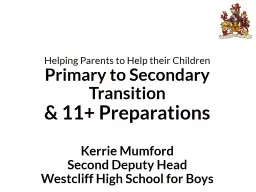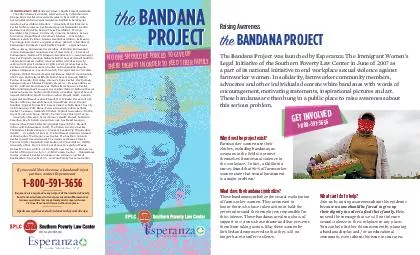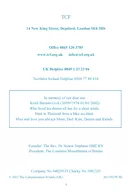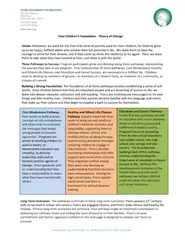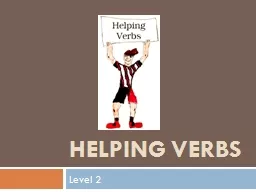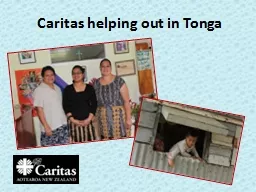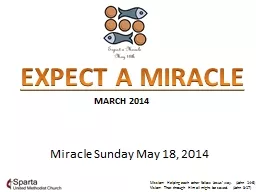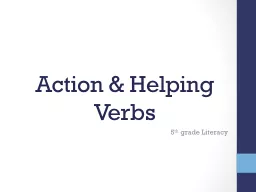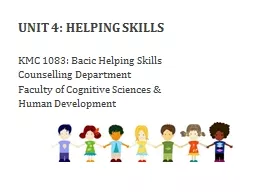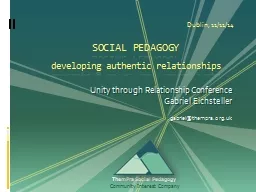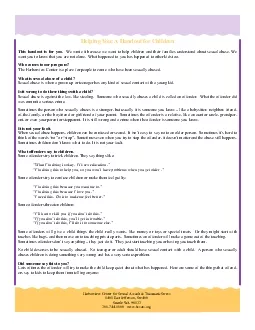PPT-Helping Parents to Help their Children
Author : sandsomber | Published Date : 2020-06-19
Primary to Secondary Transition amp 11 Preparations Kerrie Mumford Second Deputy Head Westcliff High School for Boys Transition from Primary to Secondary The transition
Presentation Embed Code
Download Presentation
Download Presentation The PPT/PDF document "Helping Parents to Help their Children" is the property of its rightful owner. Permission is granted to download and print the materials on this website for personal, non-commercial use only, and to display it on your personal computer provided you do not modify the materials and that you retain all copyright notices contained in the materials. By downloading content from our website, you accept the terms of this agreement.
Helping Parents to Help their Children: Transcript
Download Rules Of Document
"Helping Parents to Help their Children"The content belongs to its owner. You may download and print it for personal use, without modification, and keep all copyright notices. By downloading, you agree to these terms.
Related Documents

